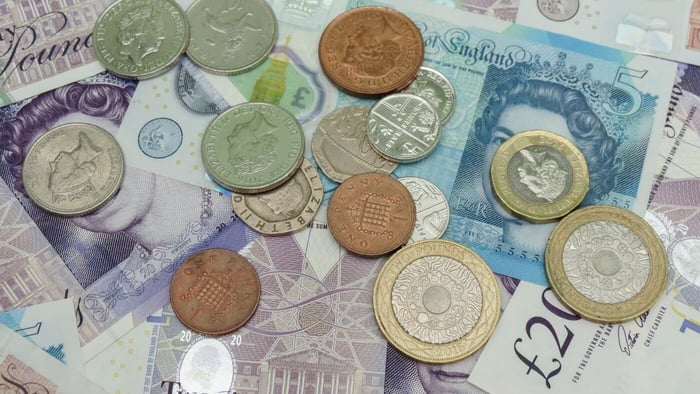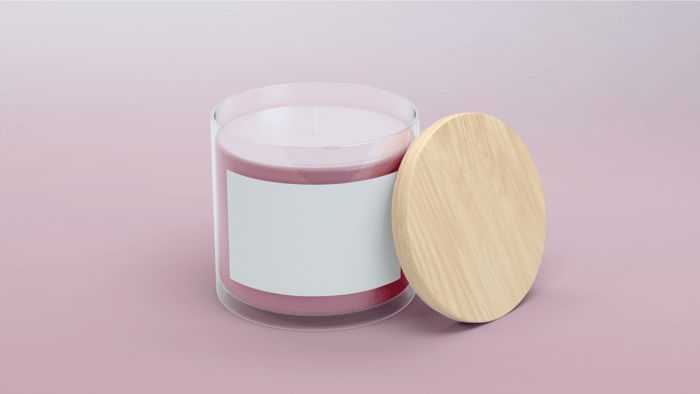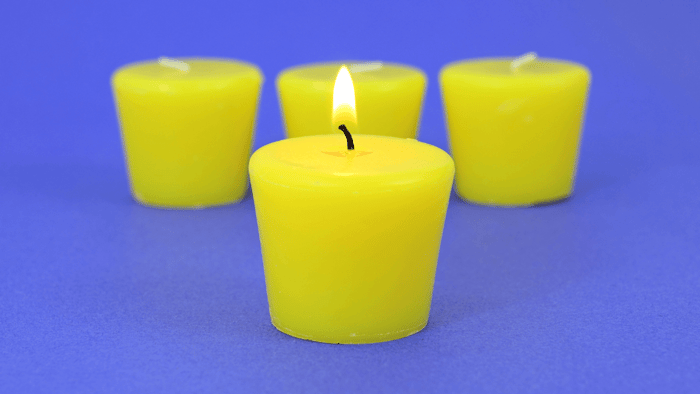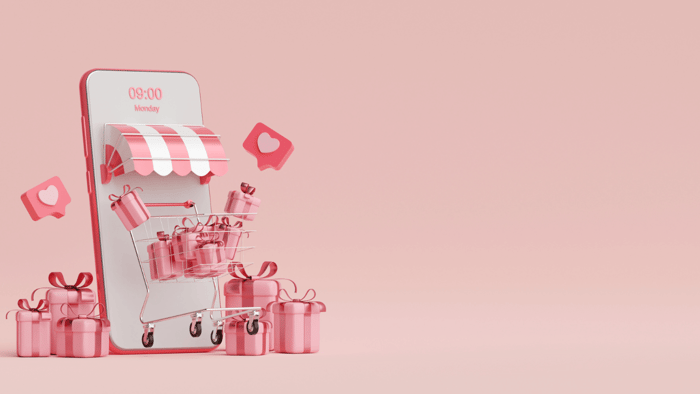One of the most common questions makers ask when starting out is: “How much should I charge?”.
Whether you're crafting candles, whipped soaps, wax melts, or luxury body products, pricing can feel overwhelming. You want to cover your costs, make a profit, and stay competitive - without undervaluing your hard work.
If you’ve been wondering how much should I charge? for your handmade products, we’ll walk you through the key factors to consider when pricing products such as candles, wax melts, bath & body products, and cosmetics. We’ll help you move from guesswork to confidence, ensuring your pricing reflects the true value of your craft.
Why Pricing Matters
Pricing isn’t just about covering your costs. It’s also about:
Communicating value to your customer
Ensuring your business is sustainable long-term
Creating space to grow, invest, and pay yourself a wage
Positioning your brand within the marketplace
If your pricing is too low, customers may question the quality, or assume you’re a hobbyist. Price too high without a clear brand strategy and you risk driving customers away. So, let’s break it down step-by-step!
Step 1: Know Your Costs
Before you can price your products, you need a clear picture of what it actually costs to make and sell them. Let’s explore the different cost categories -
1. Materials & Ingredients
Include everything that physically goes into your product:
Fragrance oils, wax, wicks, mica, dyes, botanicals etc
Butters, oils, preservatives (for cosmetics)
Jars, clamshells, bottles, containers
Break this down per item. For example, if a 5kg tub of shea butter costs £35, and you use 50g per jar of body butter that you make, that’s £0.35 per unit.
2. Packaging
Factor in the cost of:
Product packaging (boxes, labels, wrapping)
Outer postage packaging (mailers, packing peanuts, tape)
Branding extras (thank you cards, stickers, ribbons, freebies that you might pop in with orders)
Don’t forget any custom packaging or printing costs!
3. Postage (If Included)
If you offer free shipping - that’s a business cost. Royal Mail, Evri, DPD or any other courier costs should be accounted for in your price if you’re not charging shipping separately.
4. Marketing
Marketing costs often go overlooked, but they add up:
Social media (paid) adverts
Product photography
Flyers, banners, business cards
Influencer gifting or PR packs
Add up your monthly marketing budget and divide by the number of products sold to get a rough cost-per-item figure.
5. Website & Sales Platforms
Running a business online isn’t free:
Website hosting fees (e.g. Shopify, Wix, Squarespace)
Domain renewals (e.g GoDaddy)
Selling fees from platforms like Etsy or Amazon
Again, take your monthly total and divide across your average sales.
6. Craft Fairs & Events
Include:
Stall fees
Travel costs
Promotional materials
Card readers or mobile point-of-sale devices
You can spread these costs across the number of products sold at or after the event.
7. Time
Your time is extremely valuable. Estimate how long it takes to make, label, package, and post one product. Then decide how much you want to pay yourself per hour (e.g., £12/hour).
If a candle takes 20 minutes from start to finish, that’s £4 of labour time.
How much you want to pay yourself is unique to you, and depends on your personal and financial circumstances so consider this carefully and adjust your calculations accordingly.
Step 2: Build a Pricing Formula
A basic formula to get started with is:
(Materials + Packaging + Overheads + Labour) × Markup = Retail Price
Let’s break it down with an example:
| Item | Cost |
|---|---|
| Materials (wax, oil) | £1.50 |
| Jar & packaging | £1.00 |
| Label & branding | £0.50 |
| Overheads (website, marketing, etc) | £1.00 |
| Labour (20 mins @ £12/hr) | £4.00 |
| Total Cost | £8.00 |
To make a healthy profit at retail, AND leave room for wholesale pricing, a common markup is around 3.5x to 4x your total cost.
So for this example:
£8 × 3.5 = £28 retail price
£8 × 4 = £32 retail price
💡 Tip: If you plan to offer wholesale later (see Step 4), aiming for a higher markup ensures you can sell wholesale at around 50% of your retail price and still make a profit.
Step 3: Check Your Market
Now that you’ve calculated your break-even and ideal price, research similar businesses:
What do similar products cost on Etsy or at local fairs?
How does your product compare in terms of quality, packaging, size, or scent throw?
Where does your brand sit - luxury, affordable, or niche?
You don’t need to be the cheapest. You just need to offer value and speak to the right audience.
Step 4: Wholesale Pricing
If you’re planning to sell to shops or offer wholesale, you’ll need to price differently.
Wholesale buyers typically expect to pay around 50% of your retail price so they can add their own markup.
The wholesale formula is typically:
Retail Price ÷ 2 = Wholesale Price
For example, if your candle retails at £32, your wholesale price would be £16.
⚠️ This is why your total costs must sit well below 50% of your retail price to make wholesale pricing profitable.
Using our example:
Cost to make = £8
Retail price = £32
Wholesale price = £16
Profit per wholesale unit = £8
To stay profitable when wholesaling:
Aim for a retail markup of 3.5x to 4x your costs.
Look for ways to reduce costs on wholesale orders - e.g., simpler packaging, larger batch production, or skipping extras like gift boxes.
Set minimum order quantities (MOQs) to make wholesaling worthwhile..
💡 Remember: Wholesale is a different pricing model, not just a discount. You need to build your pricing so that both retail and wholesale sales support your business.
Step 5: Adjust for VAT, Fees & Profit
If you’re VAT registered, or plan to be in future, your prices should allow for the 20% tax you’ll need to pay on sales.
Also account for:
Etsy or Shopify selling fees
Payment processing fees (e.g., Stripe, PayPal)
Long-term profit goals (saving for future stock, investing in new products)
Common Pricing Mistakes to Avoid
Copying others' prices blindly without checking your own costs
Forgetting your time and labour
Undercharging to “get sales” – this is unsustainable
Not raising prices when your costs go up
Skipping packaging and postage costs – they add up fast
Building Confidence in Your Pricing
If you’ve ever thought, “No one will pay that,” remember:
You’re not selling just a candle, bath bomb, ora lip balm.
You’re selling hours of work, creative design, testing, and incredible customer care.
There are customers who will pay more for small-batch, handmade, quality items.
Practice saying your prices with confidence. Share the behind-the-scenes. Educate your audience on the value of handmade. Transparency builds trust.
Final Thoughts: How Much Should I Charge?
Pricing is both an art and a science. It takes trial, error, and refinement. But if you know your numbers, respect your time, and position your brand well - you’ll land on a price that works for both you and your customers.
So next time you ask, “How much should I charge?”, remember - you deserve to be paid fairly for the passion, skill, and effort you pour into every product.
So, if you're still wondering how much should I charge? – Use this guide to start building a pricing model that reflects your worth, supports your business, and keeps your creativity thriving for the long haul.
Need help working out your costs or creating price tiers? Consider setting up a pricing spreadsheet or using simple maker-friendly apps to calculate your base cost per item.
Stay proud of your pricing - and never apologise for charging what your work is worth 🩷
Join a supportive community of passionate crafters and small business owners who truly get what it’s like to build something from scratch. At House of Scent, we’re more than just a brand - we’re a space for creators to connect, share advice, swap tips, celebrate wins (big and small), and lift each other up through the rollercoaster of handmade business life. Whether you're just starting out or scaling up, there's a place for you here!






.jpg)






